NIL
FAU's Baba Miller commits to Cincinnati from NCAA Transfer Portal
FAU’s Baba Miller has committed to Cincinnati from the NCAA Transfer Portal. That comes per reporting by ESPN’s Jonathan Givony this afternoon, according to his representation. Miller has also since confirmed that news himself with a post on social media. He shared his farewell graphic to the Owls earlier today before posting his commitment graphic […]
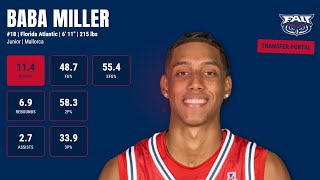

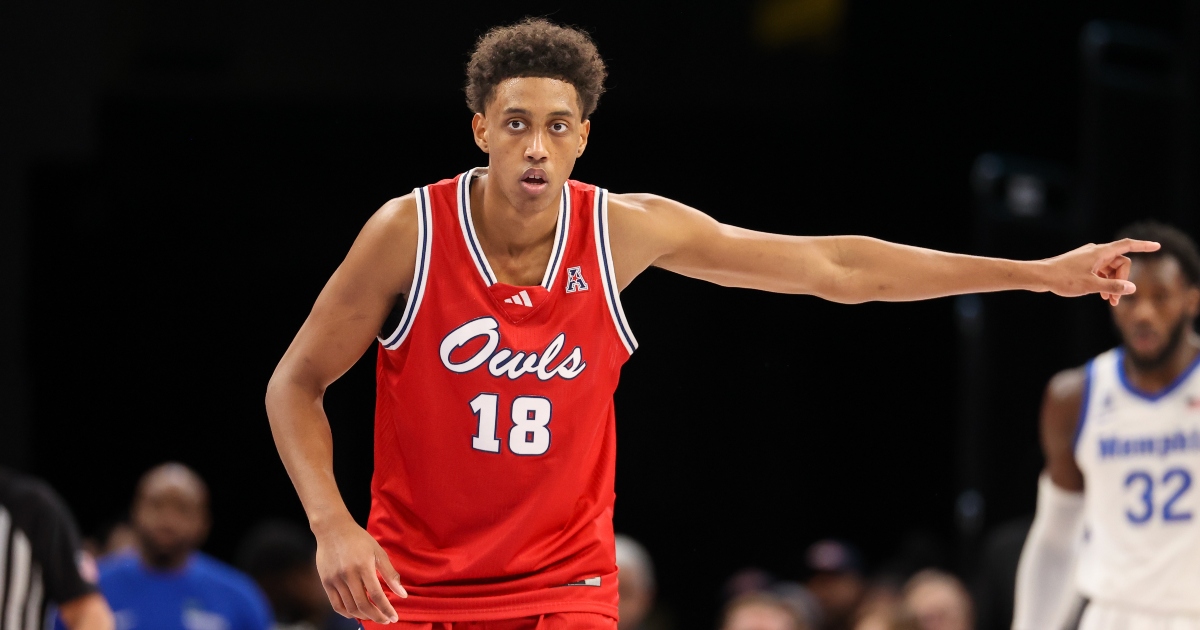
FAU’s Baba Miller has committed to Cincinnati from the NCAA Transfer Portal. That comes per reporting by ESPN’s Jonathan Givony this afternoon, according to his representation.
Miller has also since confirmed that news himself with a post on social media. He shared his farewell graphic to the Owls earlier today before posting his commitment graphic for the Bearcats.
Miller has played in Florida throughout his three-year collegiate career, with this past season spent at Florida Atlantic after the two prior at Florida State. He has averaged 8.5 points (47.1% FG), 5.5 rebounds, 1.8 assists, and 1.2 blocks per game, in 82 games played with 68 starts for the Owls and Seminoles. Miller had a career-best season this past year as a junior at 11.3 points (48.6% FG), 7.0 rebounds, 2.7 assists, and 1.7 blocks for FAU, which earned him a selection as Second Team All-AAC. He has also previously tested for the NBA Draft, before returning to college, in 2023 and 2024.
Miller, a native of Mallorca, came from overseas as a Top 200 recruit and a three-star in the 2022 cycle. He also rated just outside the Top 30 at power forward in the class. That’s according to the On3 Industry Ranking, a weighted average that utilizes all four major recruiting media companies.
Now, in his second transfer in as many offseasons, Miller was one of the top players still available in the portal. He, per the latest update to On3’s Industry Ranking of 2025’s Top Transfer Portal Players, ranked at No. 106 and as a Top-20 PF.
Miller is now the latest portal transaction for Cincinnati. The Bearcats had lost nine transfers to the portal with Dillon Mitchell (St. John’s), Tyler Betsey (Syracuse), Dan Skillings (Baylor), Josh Reed (Penn State), and Arrinten Page (Northwestern) having committed. Transfers Connor Hickman, Rayvon Griffith, JJ Rembert, and CJ Anthony remain uncommitted.
Cincy has, in turn, added six players now with Miller joining Moustapha Thiam (UCF), Jalen Haynes (George Mason), Sencire Harris (West Virginia), Jalen Celestine (Baylor), and Kerr Kriisa (Kentucky). Miller is the second-best addition in that class behind only Thiam, the No. 1 transfer center per On3, with those two giving their frontcourt a pair of very tall options inside.
To keep up with the latest players on the move, check out On3’s Transfer Portal wire.
The On3 Transfer Portal Instagram account and Twitter account are excellent resources to stay up to date with the latest moves.
NIL
An NIL framework could be on the way. What does it mean for UF?
The NCAA has been searching for a framework to regulate name, image and likeness, or NIL, since the policy was established in June 2021. Four summers later, a possible foundation is near, but no change will be without implications, especially for top athletic programs like the University of Florida. These changes have loomed for almost […]



The NCAA has been searching for a framework to regulate name, image and likeness, or NIL, since the policy was established in June 2021. Four summers later, a possible foundation is near, but no change will be without implications, especially for top athletic programs like the University of Florida.
These changes have loomed for almost a year. President Donald Trump publicly considered an executive order May 2 to examine the state of NIL payments. Schools and athletes must heavily consider how these developments will impact their programs.
The prominent NIL discussion surrounds the House settlement. Lawsuits by current and former college athletes are pursuing a settlement of nearly $2.8 billion that will attempt to establish a future framework for NIL agreements.
Philip Nickerson, a Troutman Pepper Locke law firm associate who represents universities and collectives in NIL matters, said the settlement contains four major parts: allowing schools to pay athletes themselves for use of their NIL with an annual budget of $20.5 million, the potential for roster caps, NIL compliance and enforcement oversight, and backpay for former and current athletes who were unable to profit from their NIL.
In his personal interpretation, this could mean many of UF’s resources responsible for its success could become less prominent, Nickerson said.
“It puts a limit on how much they can spend, which means that smaller schools that maybe don’t have the same athletic budget or donor base have a chance to compete for the prized recruits and remain competitive,” Nickerson said. “I think it’s going to level the playing field across all college sports.”
UF would be forced to rely on its coaches and recruiting staff even more to out-recruit other schools for star high school athletes and in the transfer portal.
Christopher Batts, an attorney at ShuffieldLowman, represents students and institutions navigating NIL deals.
“I think the real impact is going to be on the school, and then that’s going to trickle down to the athletes,” Batts said. “Trying to divide up $20.5 million amongst a bunch of really good athletic programs is going to be way more difficult than for schools that are known just for basketball or just for football.”
Title IX compliance will complicate the issue, he said, but it will also prevent schools from putting all of the allotted $20.5 million into their higher-revenue sports like football and men’s basketball.
Even with these changes, Batts said there’s likely more to come.
“I think it opens just as many new issues as it resolves,” he said. “It doesn’t address Title IX. It doesn’t introduce collective bargaining.”
Enjoy what you’re reading? Get content from The Alligator delivered to your inbox
UF Director of NIL Strategy Ben Chase said Florida is more than ready to handle whatever changes head its way.
“Our goal here at Florida is to make sure that we give our athletes the opportunity to compete at a high level across all the sports we have,” Chase said. “There’s a lot of schools out there that are cutting sports, including at the Power Four level, and we don’t plan on doing that.”
He doesn’t foresee the changes affecting investments from donors and partners who have been a huge part of the success of Gator sports, he said. Instead, Chase sees benefits in the new settlement because it allows the UF Athletic Department to share the revenue with its athletes.
Chase said he’s excited about the opportunities UF’s athletes will have going forward, including more NIL deals.
“I think that where we are headed is true corporate NIL partnerships that are with athletes that may have never gotten those deals before,” he said.
A decision is expected to be made on the settlement in the next few months if executive action isn’t taken sooner.
Contact Ava DiCecca at adicecca@alligator.org. Follow her on X @avadicecca24.
The Independent Florida Alligator has been independent of the university since 1971, your donation today could help #SaveStudentNewsrooms. Please consider giving today.
NIL
The Economic Costs of Wearing Guardian Caps In the NFL
Guardian caps are soft-shell pads that are attached to the outside of helmets to decrease the impact of head contact and reduce the number of concussions football players suffer. Since their invention, over 500,000 football players across the country at every level have been using guardian caps, including the NFL, which mandated their use in practice for certain positions […]

![]()
Indifference curves are tools economists use to model the utility or satisfaction individuals derive from different combinations of two competing goods or factors. In this case, the factors are ‘swag’ and ‘safety.’ Players wear guardian caps only if their safety outweighs the cost of looking less stylish.
A player who prioritizes long-term health and injury prevention will have a curve that values safety. A player who deeply values looking good and building a personal brand may have an indifference curve that bends in the opposite direction to heavily favor swag, showing they are willing to sacrifice a lot of safety for a little more style.
To quote NFL Hall-of-Famer Deion Sanders: “You look good you feel good, you feel good you play good, you play good they pay good, they pay good you live good…” Prime Time’s famous mantra captures the psychology of many NFL players in a single sentence.
In a league where contracts are short, careers are shorter, and public image can be just as important as performance, how you look on the field matters. NFL players are not just athletes–they’re brands. Their uniforms, cleats, visitors, and even celebrations are carefully curated parts of their identity that are scrutinized by millions of people every Sunday. A sharp or iconic look can lead to endorsement deals, jersey sales, and sponsorships. A bad look, however, can cost you recognition. NFL players are highly visible public figures, and their appearance is a critical aspect of how they market themselves.
Given the state of the NFL’s current helmet technology, many players feel like they must choose: Wear safe, ugly gear like guardian caps, or stick with traditional helmets and have more autonomy in their image. While the NFL can solve this problem by simply mandating guardian caps for both games and practices, that may only create further backlash from players who see it as infringing on their autonomy or damaging their brand. Instead, the NFL should prioritize innovation and developing newer, more advanced helmets with better protection. One helpful way to look at this is through the NFL’s helmet technology Production Possibilities Frontier (PPF).
In their current state, guardian caps grant players a higher level of safety than current helmet technology alone does (as demonstrated by the combination of swag and safety offered by a guardian cap being at a point above the current PPF). However, for players who prioritize swag, there is no intersection between the guardian cap tradeoff line and their indifference curve, meaning that these players would never opt to wear a guardian cap even with the safety benefits.
This should be the NFL’s path forward. This means investing in new helmet research, continuing to partner with forward-looking equipment manufacturers, and perhaps even allowing players to have a say in customizing their helmets. In so doing, the NFL can ‘push’ its PPF curve outward, offering helmets that look good and provide better protection.
The science is clear: concussions are dangerous, repeated head trauma even more so, and safer equipment reduces risk. The economics are also clear: adoption will remain limited unless safety gear complements player identity. Bridging that gap is the league’s responsibility.
Tyler Turman is an Acton Institute Emerging Leaders Fellow and partner with Stand Together’s Koch Internship Program.
NIL
Michigan's Elite RB Turns Heads by Making Major NIL Move
Michigan’s Elite RB Turns Heads by Making Major NIL Move originally appeared on Athlon Sports. The college football transfer portal saw over 4,000 entries between the winter and spring portal windows, allowing a plethora of teams to make significant additions. Advertisement Advertisement Advertisement Although there were plenty of talented players in the portal, one of […]
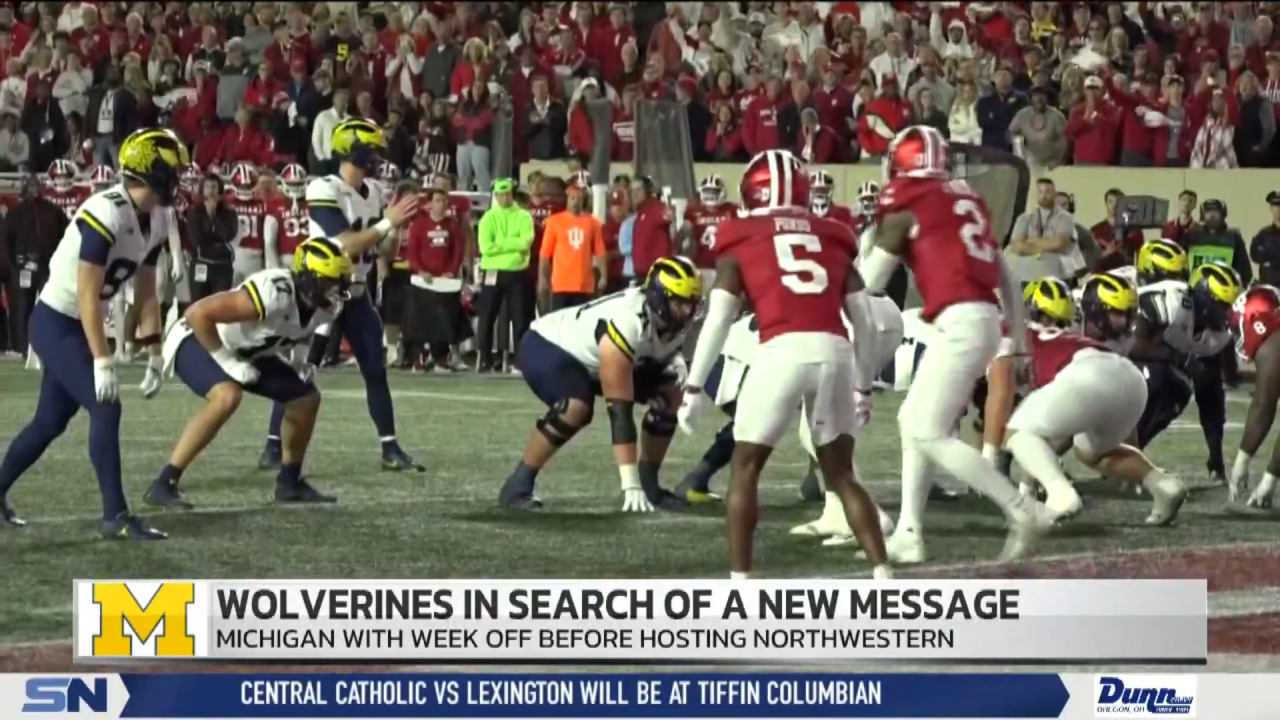

Michigan’s Elite RB Turns Heads by Making Major NIL Move originally appeared on Athlon Sports.
The college football transfer portal saw over 4,000 entries between the winter and spring portal windows, allowing a plethora of teams to make significant additions.
Advertisement
Although there were plenty of talented players in the portal, one of the hottest commodities was Alabama transfer running back Justice Haynes. The former five-star recruit spent two seasons in Tuscaloosa before deciding to transfer, with 247Sports ranking him as the No. 1 running back in the portal.
He ended up transferring to the program that handed Alabama its final loss of the season in the Michigan Wolverines, and will look to become the program’s featured back as it hopes to return to title contention.
While fans are already excited about his play on the field as he rushed for 51 yards on six carries in the team’s spring game, according to On3, they are also just as enthused about his ventures off of it. As shared to X on Monday, Haynes inked an NIL deal with Loom Juice, which will see him have an ownership stake in.
“Go blue! Loom juice will be stocked shortly,” wrote one fan.
Advertisement
“NIL! Go Blue,” exclaimed another.
“Remember when this was the vision for NIL instead of who has the biggest donor base,” suggested a third.
“Equity ownership stake. The 
“Actual NIL! Very refreshing to see,” said another.
“OWNERSHIP over ENDORSEMENT,” added another.

Team Blue running back Justice Haynes (22).Junfu Han / USA TODAY NETWORK via Imagn Images
According to the company’s site, Loom Juice is a “juice water” with no added sugars. They were named one of the best new brands in 2024 by BevNet.
As for Haynes, On3 currently has his NIL Valuation at $684,000, with this being his first recorded NIL deal since transferring to Michigan. The Wolverines will open the 2025 season against the New Mexico Wolfpack on Aug. 30.
Advertisement
Related: Rule of Legendary NFL Coach May Prevent Arch Manning From Entering 2026 NFL Draft
This story was originally reported by Athlon Sports on Jun 2, 2025, where it first appeared.
NIL
Texas OF Donovan Jordan enters the NCAA transfer portal
Texas Longhorns freshman outfielder Donovan Jordan entered the NCAA transfer portal on Monday. The 6’1, 210-pounder redshirted at Texas during the 2025 season after signing with the previous coaching staff ranked as the No. 429 player nationally and the No. 73 outfielder, according to Perfect Game. Advertisement Advertisement Advertisement Jordan arrived on the Forty Acres […]

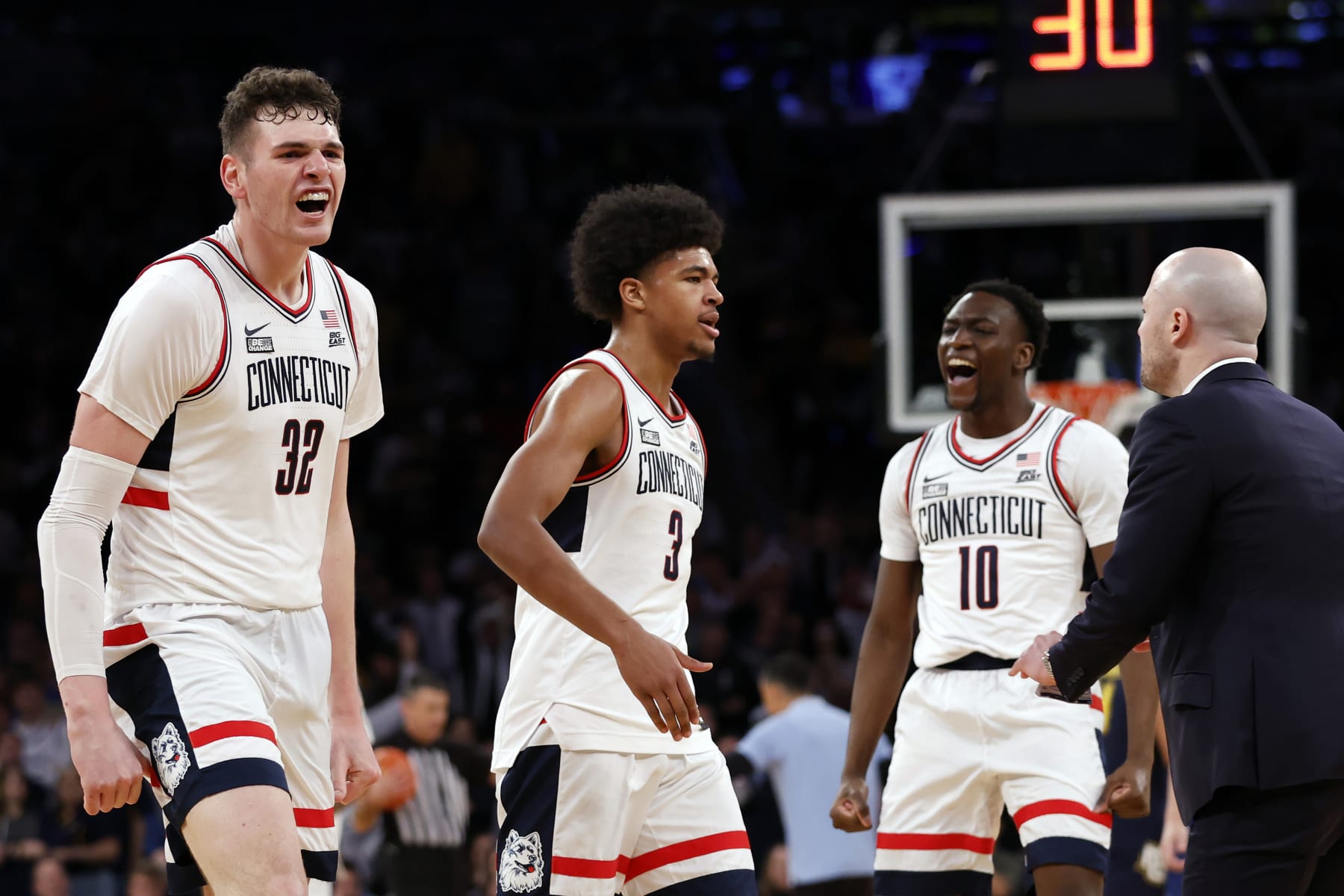

Texas Longhorns freshman outfielder Donovan Jordan entered the NCAA transfer portal on Monday.
The 6’1, 210-pounder redshirted at Texas during the 2025 season after signing with the previous coaching staff ranked as the No. 429 player nationally and the No. 73 outfielder, according to Perfect Game.
Advertisement
Jordan arrived on the Forty Acres with a strong swing efficiency built on his hip rotation to produce exit velocities in the 86th percentile, but wasn’t able to find playing time in a deep outfield for the Longhorns.
Following Sunday’s season-ending loss to UTSA in the Austin Regional, Jordan is the third player to depart the program, joining freshman outfielder Matt Scott and freshman left-hander Chance Covert.
More from burntorangenation.com:
NIL
Chat Wrap
foxr2001: Ok, on to some questions. 1, Who do you have as the second stringers for DE and DT (especially DT)? Aside from McDonald, we have a true 1-tech on the team? 2, Will either of the Armstrong brothers scratch the 2-deep this season? I believe when recruiting them one was recruiting as an OT […]


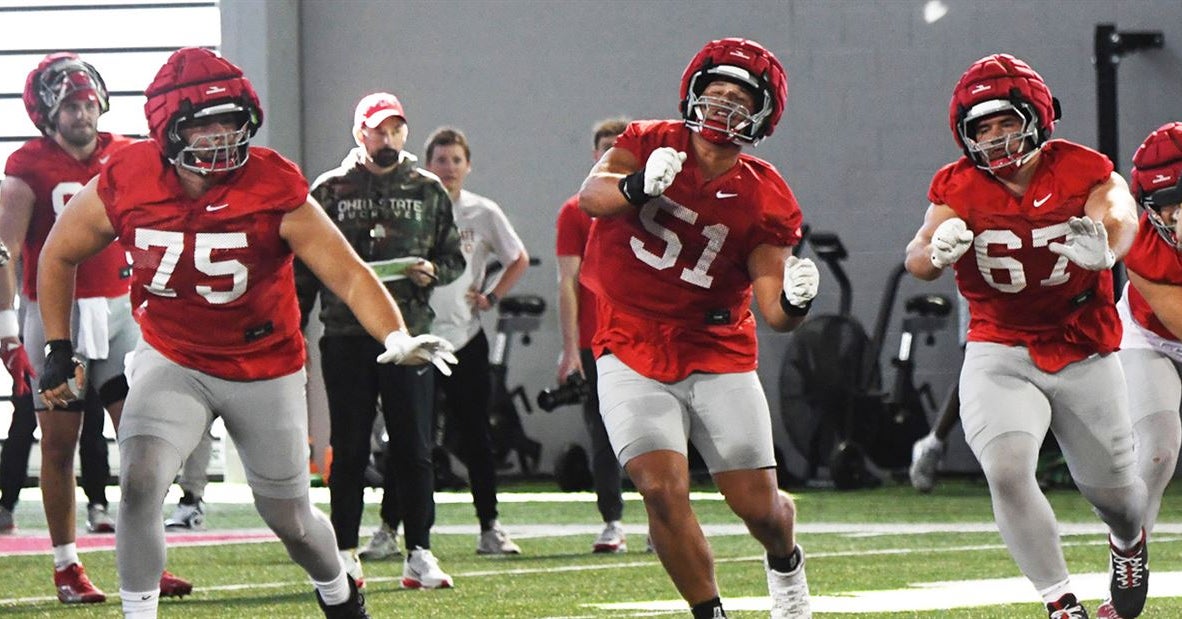
foxr2001: Ok, on to some questions.
1, Who do you have as the second stringers for DE and DT (especially DT)? Aside from McDonald, we have a true 1-tech on the team?
2, Will either of the Armstrong brothers scratch the 2-deep this season? I believe when recruiting them one was recruiting as an OT and the other as an OG. Does it still look like one will play tackle and the other guard or are they going to put them in wherever needed?
3, Presumably Peoples and Donaldson will split carries this season, roughly 50/50. I’d think Bo Jackson will be the #3 RB given his potential and assuming he doesn’t do anything foolish like fumbling the ball a lot. SWD will then be #4. Does Isaiah West redshirt? And do you see the order as Peoples/Donaldson, Jackson, SWD?
4, Which true freshman are you most excited to see this season? And if Sanchez, pick your second most.
Thanks Steve!
Helwagen: 1, Backup defensive ends seem to be Logan George and probably the new UNC transfer Beau Atkinson and then maybe C.J. Hicks as well.
Backup defensive tackles probably Tywone Malone, Eric Mensah, Will Smith Jr. and maybe Jarquez Carter, too. No idea who projects as 1 or 3 techs. Lot of experimentation in the spring.
2, I think there is hope for the Armstrong Bros to get on the field this year. They are still just redshirt freshmen and most OL don’t get in there till the second or third year. Let’s see how it all checks out in preseason camp. They are not among the top 8 OL overall right now.
3, I think you have a good handle on the RB situation. They managed it so well last year and always seemed to have the right guy out there at the right time. Peoples will be the Hendo and Donaldson will be the Judkins. But Bo Jackson needs to play, too. He looks like a stud. West was hurt in the spring, so I dunno.
4, Oh, a lot of them. Bo Jackson at RB, Quincy Porter at WR, Carter Lowe at OT, Jarquez Carter at DT, Riley Pettijohn at LB. Those are the big ones.
ButlerBuck: What year(s) do you remember being the year when college athletics went from trading an education for athletic services changed to who can get the most money for their school/conference? IMO the schools broke the contract before the players did. They have really devalued an education by focusing on the $$$.
Helwagen: Oh man, probably 15 years ago with that round of conference realignment that started to screw everything up and tore up great rivalries. That’s when the money started to really become insane and coaching contracts quickly went past $5 million to $8-10 million. Once that happened, they presidents and ADs had no leg to stand on. They needed to start sharing it with the athletes … and now they are. Toothpaste is out of the tube. We ain’t going back.
NIL
Top Sun Belt College Football Transfer Portal Additions In 2025
Among all of the Group of Five conferences, I would argue the Sun Belt is the league that brought in the least amount of talent via the transfer portal so far. The conference also saw a ton of talent move on with some transferring to other G5 programs while others went to Power Four schools. […]

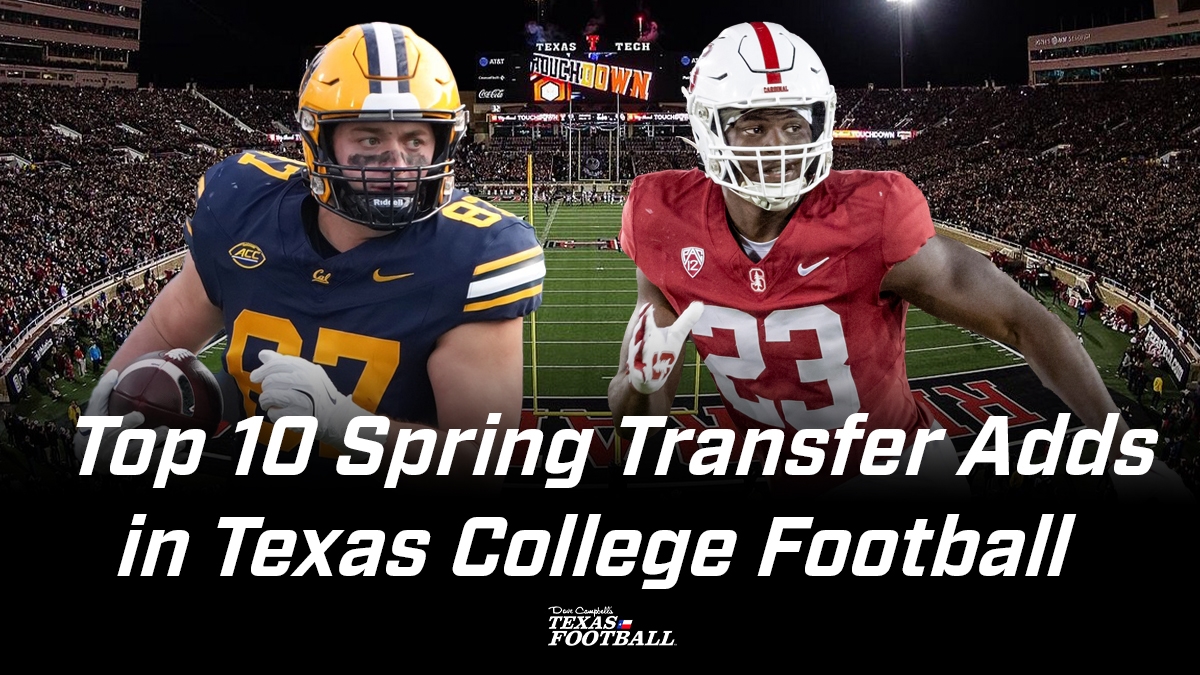
Among all of the Group of Five conferences, I would argue the Sun Belt is the league that brought in the least amount of talent via the transfer portal so far. The conference also saw a ton of talent move on with some transferring to other G5 programs while others went to Power Four schools.
Regardless, there are still some players who transferred into the Sun Belt who will make a name for themselves early on, along with a few guys who stayed within the conference.
New Customer Offers at BetMGM
Bonus Bets Expire in 7 Days. One New Customer Offer Only. Add’l Terms
LB Luke Murphy, Coastal Carolina
There is an overhaul within the Chanticleers defense after they lost most of their starters to both the transfer portal and graduation. That means there are spots to be earned, and Murphy should claim one of the starting linebacker jobs. The Eastern Michigan transfer was second on the Eagles last season with 94 total tackles and added an interception.
DL Xavier Holmes, James Madison
Holmes was tabbed second-team All-Coastal Athletic Association last year following his standout season with Maine. He finished with 72 total tackles, 12.5 tackles for loss, six sacks, two forced fumbles, two fumble recoveries, and one interception. He started each game the past two seasons and will be an immediate disruptor for the Dukes.
QB Walker Howard, Louisiana
After spending three seasons in the SEC, Walker decided to go back home to Lafayette, where he’ll have the opportunity to lead the Ragin’ Cajuns offense and potentially live up to his pre-college hype where he was ranked among the top QBs in the country prior to committing to LSU. He spent his freshman campaign with the Tigers before spending the last two seasons with Ole Miss. He never played meaningful snaps, but his dual-threat ability should help make Louisiana a conference title contender once again.
DB Lucas Struck, Old Dominion
This junior college product was part of an Iowa Western team that lost in the NJCAA Division I national title game last season and was one of the biggest contributors on its defense. It will be a big step up in competition for Struck, but I think the redshirt sophomore will play a key role in this Monarchs defense. He finished last season with 62 total tackles and five pass breakups.
DB Jayvon Henderson, South Alabama
The Jaguars didn’t bring in a ton of players through the portal, but defensive back was a position of need. Henderson has experience playing both cornerback and safety. He was named to the Phil Steele All-Freshman team following his 2023 campaign where he started at corner for ETSU but transitioned to safety last season.
QB Braylon Braxton, Southern Miss
Braxton may be the biggest transfer addition in the league, which is unfortunate for Marshall that he transferred within conference. The redshirt senior was part of the mass exodus that left when head coach Charles Huff took the job at USM. Braxton was 8-0 as a starter last season and passed for 1,624 yards and 19 touchdowns while rushing for 610 yards and four scores.
CB Josh Moten, Southern Miss
Like Braxton, Moten transferred from Marshall and should be one of the top defensive backs in the league this season. He was an All-Sun Belt honorable mention as a junior last season and finished with five interceptions, five pass breakups, and 38 total tackles.

EDGE Kenard Snyder, Texas State
Snyder returns to the Sun Belt following his one-year stint at Iowa State. There, he played in 10 games where he had eight tackles and two sacks. He played for ULM from 2021-23 and had back-to-back seasons where he posted 60 tackles and double-digit tackles for loss. He earned all-conference honors in 2023 and should return as another solid defender in the league.
CB Kaleno Levine, Troy
There is an opportunity here for Levine to earn a starting cornerback spot and help a defense that struggled against the pass last season and snagged just six interceptions. The Trojans are returning some starters on defense, including two safeties, so if Levine can fill a void, the Troy defense can improve. The senior had a breakout season for Missouri State last year where he tallied 50 tackles and six pass breakups.
RB Zach Palmer-Smith, ULM
The Warhawks lost a standout running back to the portal in Ahmad Hardy, but Palmer-Smith can be a solid replacement. Palmer-Smith finished sixth in the FCS with 1,392 rushing yards last season and added 13 rushing TDs. The Richmond transfer was named second-team All-CAA and rushed for 100-plus yards in six games.
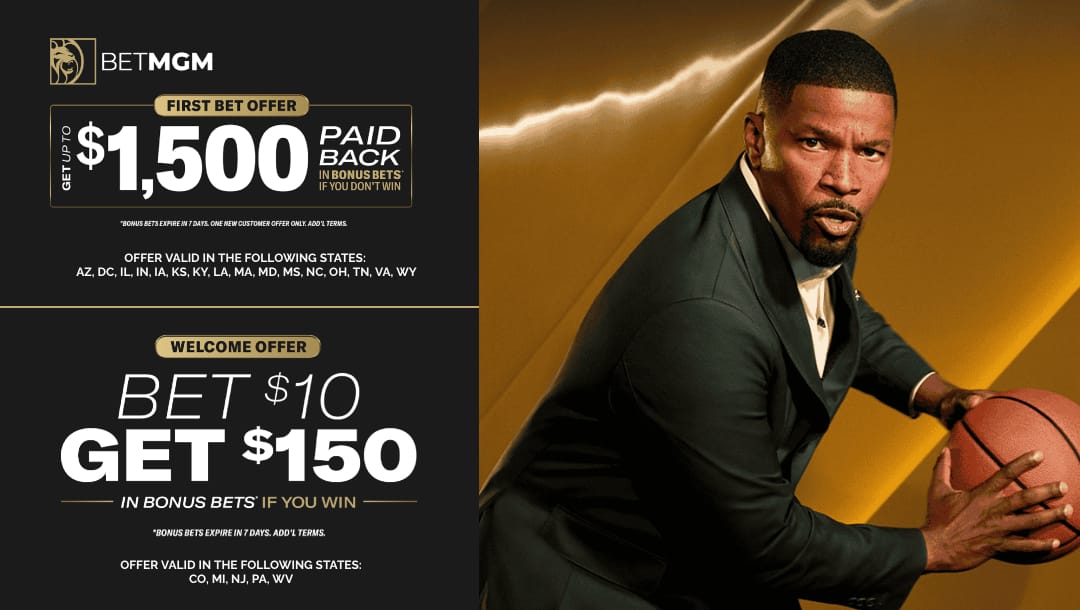
-

 College Sports2 weeks ago
College Sports2 weeks agoPortal Update – Basketball and Gymnastics Take Hits
-

 Rec Sports3 weeks ago
Rec Sports3 weeks agoThe Program, a New Basketball Training Facility, Opening in Greenpoint This September
-

 College Sports2 weeks ago
College Sports2 weeks agoPortal Update – Basketball and Gymnastics Take Hits
-

 Professional Sports2 weeks ago
Professional Sports2 weeks agoJon Jones answers UFC retirement speculation as fans accuse champion of 'holding the belt …
-

 NIL1 week ago
NIL1 week ago2025 NCAA Softball Tournament Bracket: Women’s College World Series bracket, schedule set
-

 Youtube3 weeks ago
Youtube3 weeks agoWhen Stephen Curry Shocked The World
-

 Youtube3 weeks ago
Youtube3 weeks agoTHE FINAL CALL: Golden State Warriors 2021-22 NBA Champions
-

 Health2 weeks ago
Health2 weeks agoBYU women's basketball guard injures ACL twice
-

 Youtube3 weeks ago
Youtube3 weeks agoThey need to add a gorilla next
(via @zackystrong.pt/TT)
-

 Youtube3 weeks ago
Youtube3 weeks ago










 COLLECTIVE COLLAPSE OF EPIC PROPORTIONS! | First Take
COLLECTIVE COLLAPSE OF EPIC PROPORTIONS! | First Take


























